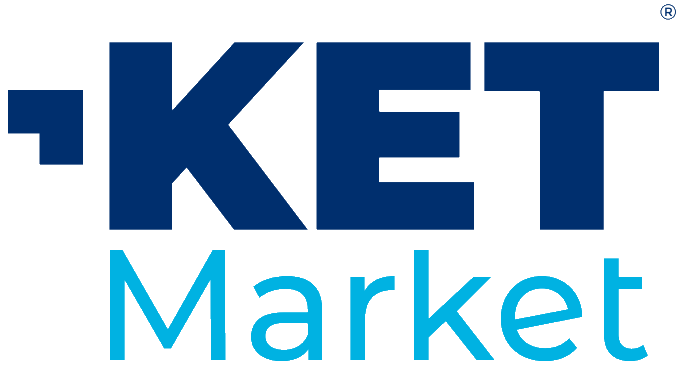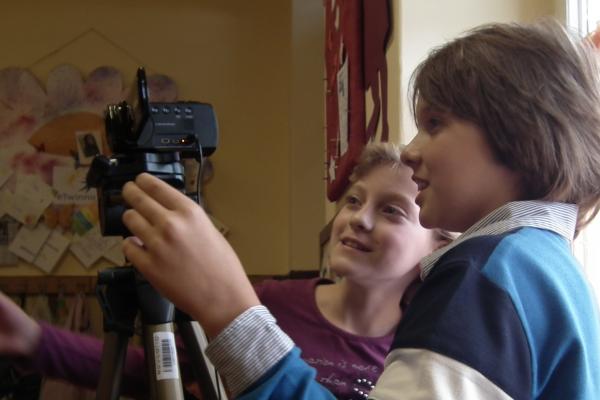The EU-funded iTEC project – the largest of its kind in Europe – has already run pilots in 2 000 classrooms across 17 countries to help teachers to integrate technology into the way they teach.‘This project has tried to show how you can mainstream use of ICT now,’ said Jim Ayre, senior adviser at European Schoolnet, a partnership of 30 European Ministries of Education which is coordinating the project.‘Teachers don’t have to wait for the next hyped technology. They can implement the “future classroom” today by linking interactive whiteboards to devices such as iPads and smartphones. What’s key is to help teachers rethink their teaching practice.’Future classroom scenarios that have been piloted by teachers in the iTEC project include the ‘flipped classroom’, where children receive their more conventional lessons at home in the evening via video lectures or podcasts.Then they attend school to take part in more practical activities, such as debates, lab work, computer programming and community work – often in teams.‘The thing I liked most was to work in teams,’ said Pablo Martínez, a 10th grade student at SEK Atlántico, in Pontevedra, along Spain’s north-western coast, who participated in one of the pilots. ‘I would never have thought that my classmates were so creative.’The final year of the project is also looking at some technologies that are still not widely used in schools in Europe.For example, teachers have tested a programme calledAlice, aimed at introducing children to the basics of computer programming through making simple animation films or video games. It allows pupils to populate a virtual world with 3D objects – such as people, animals and cars – by dragging and dropping graphic tiles.Students can see how their video games and movies run, and understand the relationship between programming instructions and the behaviour of the objects in their creations.Augmented realityIn the future, teachers might regularly employ ‘augmented reality’, which allows students to have a view of the real world, overlaid with computer-generated images or information coming from a tablet or smartphone.Students are then able to interact with these worlds, manipulating objects by rotating, highlighting or zooming in on them, bringing to life abstract concepts. For example, these tools might help teachers to engage students in interactive explorations of the human body, the cosmos, or under the sea.An early example of augmented reality was the iPhone applicationStar Walk, where users held their phones up to the sky at night to view and learn about 200 000 celestial bodies.“‘I would never have thought that my classmates were so creative.’Pablo Martínez, a student at SEK Atlántico, Pontevedra, SpainHowever, in the iTEC project, technology such as augmented reality takes a back seat. Instead the project focusses on helping teachers integrate technology bit by bit, without being intimidated, in order to encourage uptake in mainstream education.The EU’sSurvey of Schools: ICT in Educationstudy revealed that 80 % of students are in schools where teachers believe radical changes are needed for technology to be fully exploited.‘There’s been lots of radical visions of what a future classroom will look like, but none have really been mainstreamed,’ said Ayre. ‘Many schools have looked at these and said “how can we ever get to this stage?”.’That’s why one of the main aims of the project is developing a toolkit which teachers can use to integrate technology into the classroom. The toolkit helps teachers develop scenarios and learning activities they can test out at school.‘ITEC has encouraged both teachers and students to move out of their comfort zones in terms of how they teach and learn,’ said Ayre. ‘The toolkit produced by the project empowers schools by providing a framework for experimentation that allows schools a degree of risk-taking within safe limits.’Francesca Panzica, a primary school teacher in Lastra a Signa, a small town on the outskirts of Florence, in Tuscany, Italy, used the iTEC tools to plan a virtual school trip to London.She first divided her class into groups, usingTeamUp, one of the pedagogical tools developed as part of the iTEC project. Students then researched important historical buildings and places of interest in the city, usingGoogle Driveto record and share their findings.Once their research had been gathered and collated, students worked together to create multimedia presentations for the assignment, using interactive maps and audio recordings.As well as the toolkit, iTEC provides teachers with ongoing support including the chance to attend workshops at the European Schoolnet Future Classroom Lab in Brussels or online via the European Schoolnet Academy.Initial feedback suggests that the project’s approach is working. Four out of five teachers reported that students involved in pilots had become more deeply engaged in their work.
This article was originally published in Horizon, the EU Research and Innovation magazine.
Add to favorites:
Share:
Listing Description
Video
Documents
No documents available.
Ask KETMarket to make a contact
Connect with the Listing Owner!
💬 Please log in now to askKETMarket to make a contact. Not a member yet? Sign up for free and start connecting today!
Video
Related Funding and Finance Opportunities
Unlock Exclusive Funding Opportunities!
🔑 Get instant access to tailored funding opportunities that perfectly match your needs. This powerful feature is exclusively available to our premium members—helping you save time, stay ahead of the competition, and secure the right funding faster.
Upgrade to Premium now and never miss an important opportunity again! Already a premium member? Log in here to explore your matches.
Related Innovation Offers
Discover Tailored Innovation Offers!
🚀 Gain access to technology solutions that match your specific needs and interests—carefully selected to support your innovation goals. These offers are exclusively available to our premium members, helping you identify relevant technologies faster and start the right conversations with potential partners.
Upgrade to Premium now and explore your personalized technology matches today! Already a premium member? Log in here to view your tailored offers.
Related Knowledgeable Resources
Discover More with Premium: Related Knowledge Resources
🔒 You’re missing out on expert-curated knowledge specifically matched to this topic. As a Premium member, you gain exclusive access to in-depth articles, guides, and insights that help you make smarter decisions, faster.
Whether you’re preparing a funding proposal, researching a new market, or just need reliable information—our Premium knowledge matches save you hours of research and point you directly to what matters.
Upgrade to Premium now and instantly unlock relevant knowledge tailored to your needs! Already a member? Log in here to view your personalized content.

